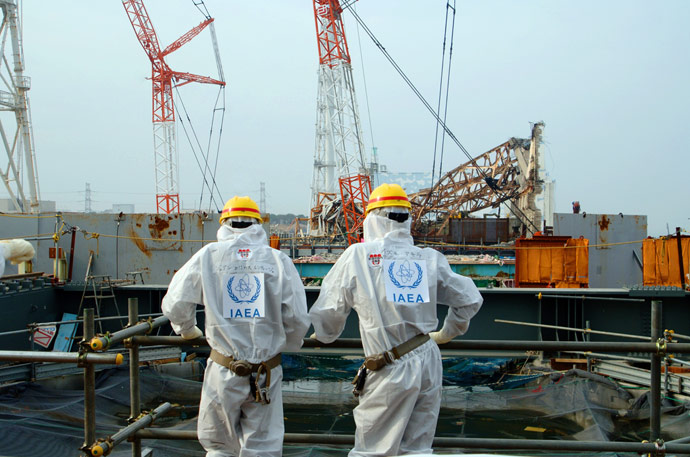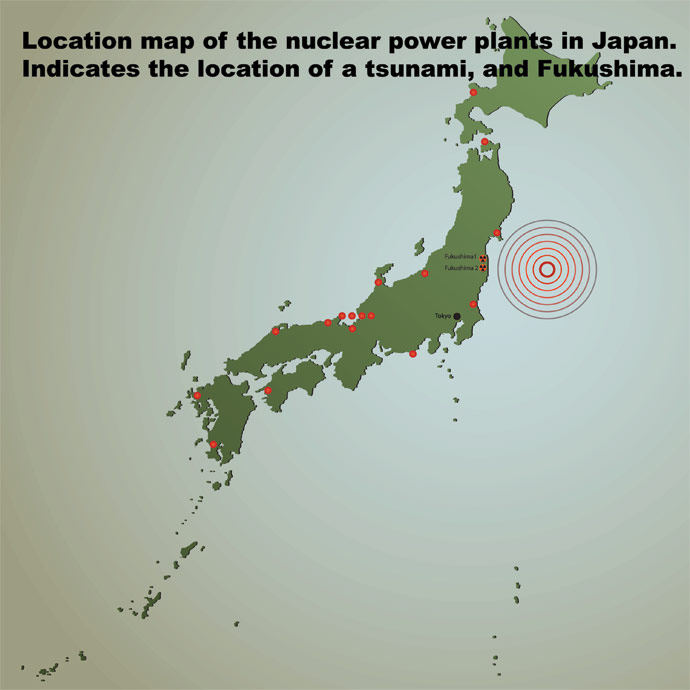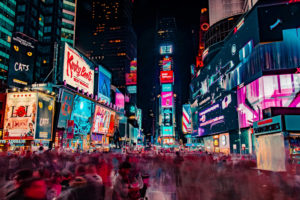Fukushima Radiation Barrels Toward West Coast

Image via Flickr/ IAEA Imagebank
Thoughts of the 2011 Fukushima nuclear power plant explosion could soon way heavily on the minds of many West Coasters, as escaped radiation resulting from the 2011 earthquake and tsunami in Fukushima, Japan, makes its way across the Pacific Ocean. In fact, recent estimates predict the giant plume of radioactivity will hit Washington, Oregon and California by early 2014.
The radioactivity stems from 71,895 gallons of contaminated water still flowing each day from the Japanese reactor site and is certainly affecting marine life. And who eats the fish? Exactly… Tuna caught on the California coast have already tested positive for cesium stemming from Fukushima. In fact, it’s nearly impossible to imagine that the 330 tons of radiation-contaminated water leaked over the past two years won’t kill at least a few fish.
But the radiation should be diluted by the time it reaches the America’s, right? Not necessarily. According to a 1955 study performed by the US government, the ocean is not an adequate buffer against traveling radiation. And scientists with the National Oceanic and Atmospheric Administration estimate that the radiation that hits the West Coast could even be 10 times higher than in Japan.

Image via Shutterstock
So what does all this really mean for Americans? Possibly very little. SUNY-Stonybroook researcher Nicolas Fisher told Discovery News that even eating blue fin tuna that has crossed the Pacific—fish that have already shown detectable amounts of Fukushima radiation—poses no more danger to a person than a dental X-ray. That’s not to say there’s no risk, of course. The dentist stands behind a lead wall for a reason, and therefore a sushi binge could present some risk of radiation poisoning or even cancer.
In fact, to say that any level of radiation is safe is naïve, to say the least. Results of a University of South Carolina study published last year by Science Daily indicate that low-level, background radiation can have a statistically significant effect on DNA, including negative effects on immunology, physiology, mutation and disease occurrence.
There is no safe level of radionuclide exposure, whether from food, water or other sources. Period,” said Jeff Patterson, DO, immediate past president of Physicians for Social Responsibility. “Exposure to radionuclides, such as iodine-131 and cesium-137, increases the incidence of cancer. For this reason, every effort must be taken to minimize the radionuclide content in food and water.”
Based on that theory, we may want to think about a tuna boycott. Forget saving the dolphins, this time it’s about saving your nuts. But avoiding seafood won’t save us, unfortunately. According to World Truth TV, radiation levels in milk from American cows is as much as 2000-percent higher than EPA maximums.
And what is Japan doing about this travesty? Not a whole lot, that’s what. Japanese Prime Minister Shinzo Abe ordered increased efforts to stop the leak, but Tokyo Electric Power says it does not have the capacity to fix the problem. And this is where we’re sending our Olympians in seven years? Perhaps it’s time to recount those ballots.









































